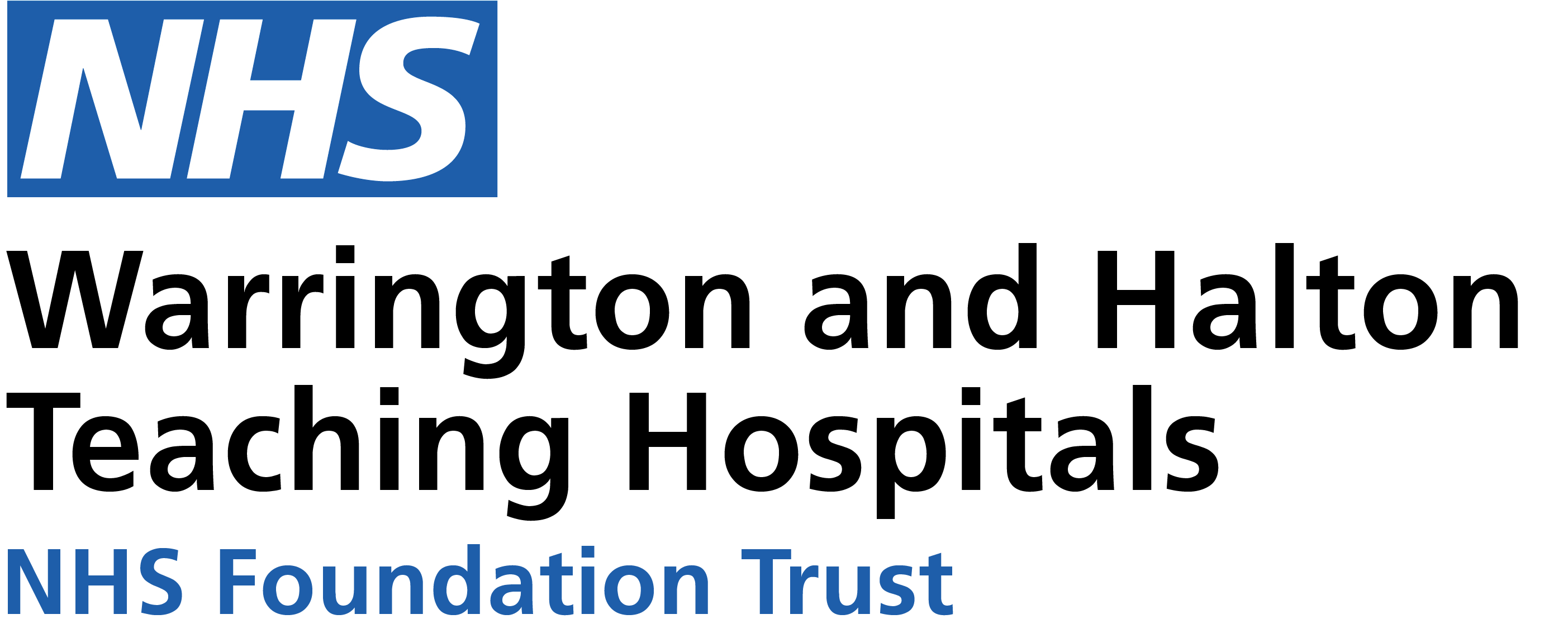Our obstetric-led Birth Suite offers a welcoming environment for women requiring close monitoring during labour. We provide seven birthing rooms, some with ensuite facilities or Jack and Jill shared bathrooms. Among these, two rooms feature birthing pools, and one is designed for those needing Enhanced Care. Additionally, we have a dedicated induction of labour bay, two maternity theatres, and a recovery area.
During labour in the Birth Suite, you will receive one-on-one care from a designated midwife. Obstetricians, neonatologists, and anaesthetists are also available if necessary. Despite the need for closer monitoring, our midwives will support and encourage you to remain active during labour to maximize the chances of a vaginal birth. They are committed to empowering you and acting as your advocate, providing unwavering support throughout your labour.
Our goal is to ensure you have a positive birth experience. We offer various equipment to enhance your comfort, including projectors, Bluetooth speakers, birthing balls and stools; all of which aims to create a relaxing environment and promote active birth. Wireless telemetry is available for continuous monitoring of your baby during labour, allowing you to remain mobile. This technology can also be used in the birthing pool when clinically appropriate.
A broad range of options are available for pain management on Birth Suite, including Entonox, Diamorphine injections and Epidurals.
While birthing pools are not always recommended, we conduct risk assessments throughout your pregnancy and at the onset of labour. If risk factors suggest that giving birth in an obstetric unit is advisable, please consult your midwife and obstetrician about the suitability of a water birth for your situation. You may be referred to the Consultant Midwife’s Birth Options Clinic to explore your options and develop an individualized care plan.
